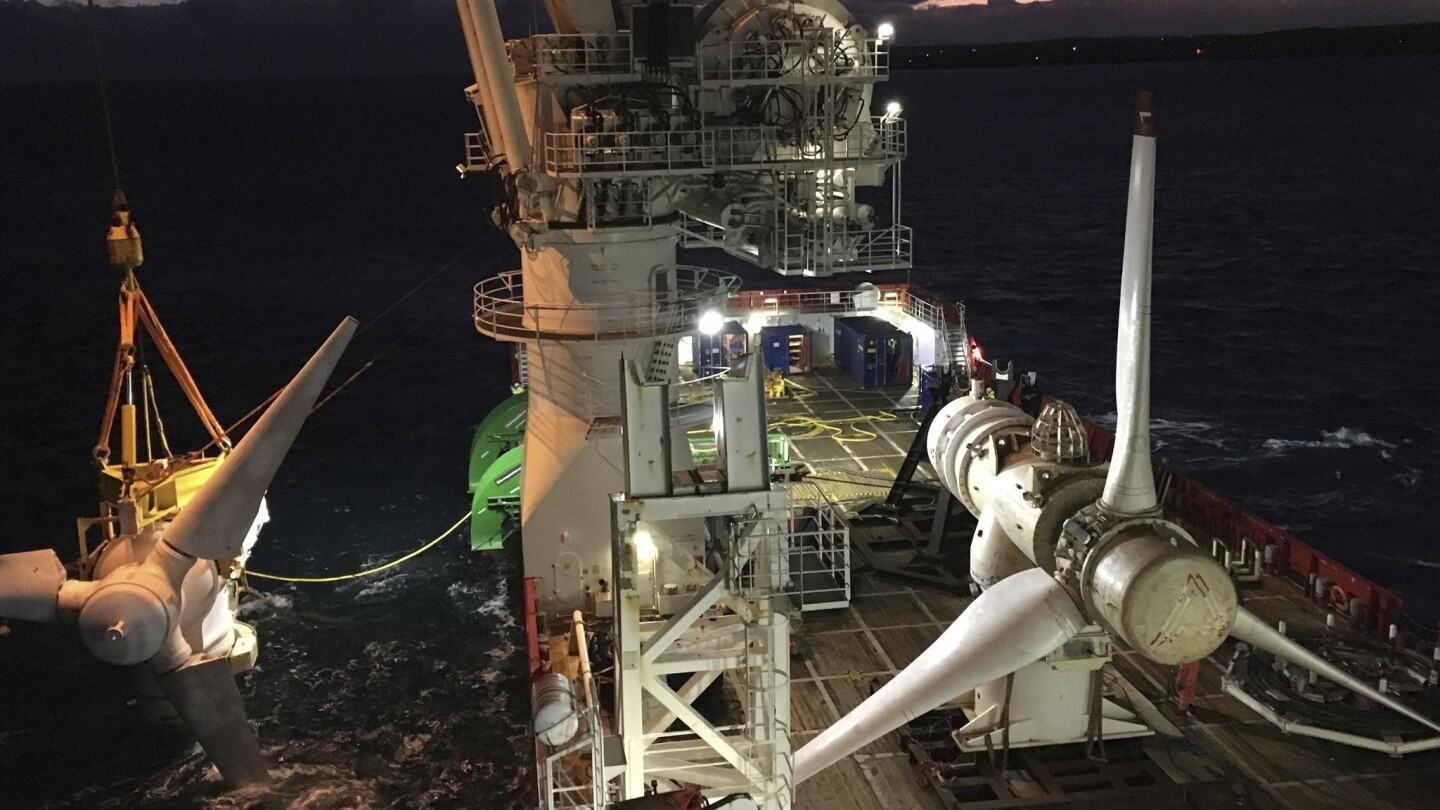Submerged in about 40 meters (44 yards) of water off Scotland’s coast, a turbine has been spinning for more than six years…
The MeyGen tidal energy project off the coast of Scotland has four turbines producing 1.5 megawatts each, enough electricity collectively to power up to 7,000 homes annually.
I wonder what the EROEI over projected lifetime is. Hopefully, comparable to generic hydro.
Tides go in, tides go out, never a miscommunication.
Not sure how feasible it is to roll this out large scale. There aren’t that many stretches of water as lively as the pentland firth.
Not sure on the numbers, but in videos I’ve seen dozens of places where -all- the local power cud be tidally-generated, and I suspect there’d be hundreds of places around the world. Largely depends on the geology around the local tides.
This is true, but I think the big thing is that this lasted as long as it did. Material science is important, and if we want Io scale these up for more general use we need to make sure they can at least survive.
Thanks to the power of two, a larger diameter blade could capture a lot more energy, and might be put in places with lesser tidal bores.
100 percent accurate because building benthic structures is incredibly hard. Having one with moving parts is even more crazy.
Does ist matter? Even if its only a few places worldwide it makes sense ti develop them. Every bit of regenerative energy is important.
You could say the same about pumped storage hydroelectricity. There aren’t that many places where you can store water on top of a mountain. Humanity still build a lot of pumped storage.
One of the more badass sources of power. You’ve got uranium from supernovas, some form of captured solar energy, tapping the heat from the planet’s core, or, in this case, directly slowing down the very rotation of the earth while pushing the moon away.
That planetary core thing will probably be quite a way off, tho it last for millions of years. But the whole planet is swathed in tides, in-and-out.
Yeah and any friction from tides(instead of free movement) slows the rotation and pushes the moon away. It’s using the leverage of the gravity to perform work against the planet itself. Devices like underwater turbines, by extracting energy from the tidal currents, effectively increase this friction, which in turn amplifies the effect. The amount of energy naturally pulled out of this system is entirely dependent on the size of the tidal bulge and the shape of the seafloor/coast.
As for geothermal, we do use it, but only in hot spots.
Let’s get it to 25 hours per day, I could do with a bit more time in bed.
Someone please calculate how much years of world energy consumtion is needed to move moon even 1 meter away. Or alternatively, how much Himalaya ranges in gravitational difference.







